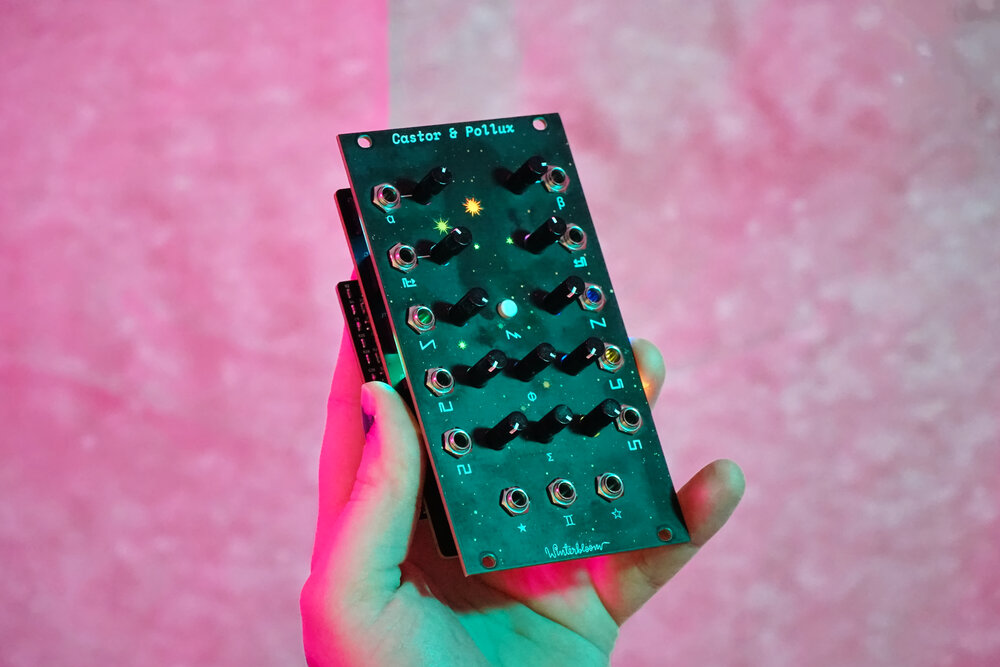What makes the Roland JUNO oscillators special? Engineer Thea Flowers has written a lucid, deep article for beginners and electronics experts alike, complete with animated illustrations and clear prose.
So this article actually came out at the end of last year, but somehow lost in a midwinter fog I didn’t properly share it and it is – deservedly – making the rounds again.
The Design of the Roland Juno oscillators [blog.thea.codes]
This is definitely how to write an article. Thea aka Stargirl Flowers walks through the history and basics of the Juno-60/106 oscillators and architecture, then goes into each precise design detail. If you do know your stuff, it’s a deeply enlightening read, but even if you don’t, you’ll get a basic course in ramp generators, circuits, and sound. It’s great to know as a Juno player, but also generally if you’re messing around with modular synthesis in software or hardware.
This story does not plug the author’s module, so let’s do it here. The Winterbloom Castor & Pollux is a Juno-inspired oscillator in Eurorack form. It gives you twin digitally-controlled analog oscillators in a module, plus an internal LFO you can use to modulate pitch. Tons of smart knobs and patch points and an elegant design for US$279:

https://winterbloom.com/store/winterbloom-castor-and-pollux
And the online documentation is equally inspiring:
Oh, plus Thea made an open source synth inspired by the SEGA Genesis/Mega Drive.

https://blog.thea.codes/genesynth-a-sega-genesis-inspired-synthesizer/
Consider us inspired, Thea! Uh… yeah, like maybe I have to go back and write some better documentation!